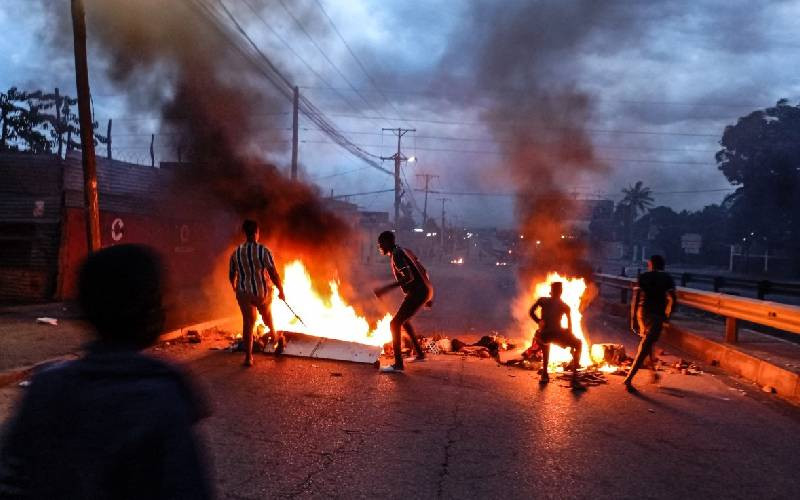According to the World Health Organisation (WHO), majority of the human population in the world live in urban areas. In 2014, the urban population accounted for 54% of the total global population which is equivalent to 3.96 Billion and it is expected to grow by an average of 1.63% per year between now and 2030.
Climate change poses new multiple challenges to the urban setting and the greatest major concern to humanity being the health risks from the impacts of climate change. And these include flooding, scarcity of water, heat stress and lack of food among others. Majority of these adverse climate change effects are being experienced by the poor and the low income communities who have poor disaster preparedness capability and response. Developing countries are the most vulnerable because of low capacity to handle the disaster risk issues and poor disaster preparedness capabilities.
A report published by the Global Humanitarian Forum in 2009 estimated more than 300,000 deaths and about 125 Billion USD in losses each year, most of which was in developing countries. With the growth in population expected to rise by 2030, there is an anticipated major urban population health risk through death and losses.
Climate change and its associated natural health stressors which influences human health and disease that include severe weather, air pollution, and water quality, impact in water and food supply and environmental degradation is expected to influence human health in numerous ways. Some existing health threats will intensify and new health threats will emerge. These include increased respiratory and cardiovascular diseases, injuries and premature deaths related to extreme weather events, changes in the prevalence and geographical distribution of food, water-borne illnesses, infectious diseases and threats to mental health.
There is therefore need to build urban resilience to counter the rising effects of climate change with the anticipated urban population growth by the year 2030, a wider range of preparedness strategies and measure resilience. Cities must become resilient to a wider range of shocks and stresses in order to be prepared for climate change impacts; and efforts to foster climate change resilience must be bundled with efforts to promote urban development and sustainability.
Resiliency must be in terms of responding to equity concerns associated with uneven patterns of resilience both within and across cities, responding to dynamic changes of climate change impacts, assessing the costs of implementing resilience strategies, advocacy, health system strengthening and identifying options for harnessing the innovation potential in cities as a means to foster resilience and sustainability.
This will form the fundamental step towards an effective, sustainable and equitable adaptation of cities to climate change impacts especially on human health by the year 2030.
 The Standard Group Plc is a
multi-media organization with investments in media platforms spanning newspaper
print operations, television, radio broadcasting, digital and online services. The
Standard Group is recognized as a leading multi-media house in Kenya with a key
influence in matters of national and international interest.
The Standard Group Plc is a
multi-media organization with investments in media platforms spanning newspaper
print operations, television, radio broadcasting, digital and online services. The
Standard Group is recognized as a leading multi-media house in Kenya with a key
influence in matters of national and international interest.
 The Standard Group Plc is a
multi-media organization with investments in media platforms spanning newspaper
print operations, television, radio broadcasting, digital and online services. The
Standard Group is recognized as a leading multi-media house in Kenya with a key
influence in matters of national and international interest.
The Standard Group Plc is a
multi-media organization with investments in media platforms spanning newspaper
print operations, television, radio broadcasting, digital and online services. The
Standard Group is recognized as a leading multi-media house in Kenya with a key
influence in matters of national and international interest.







